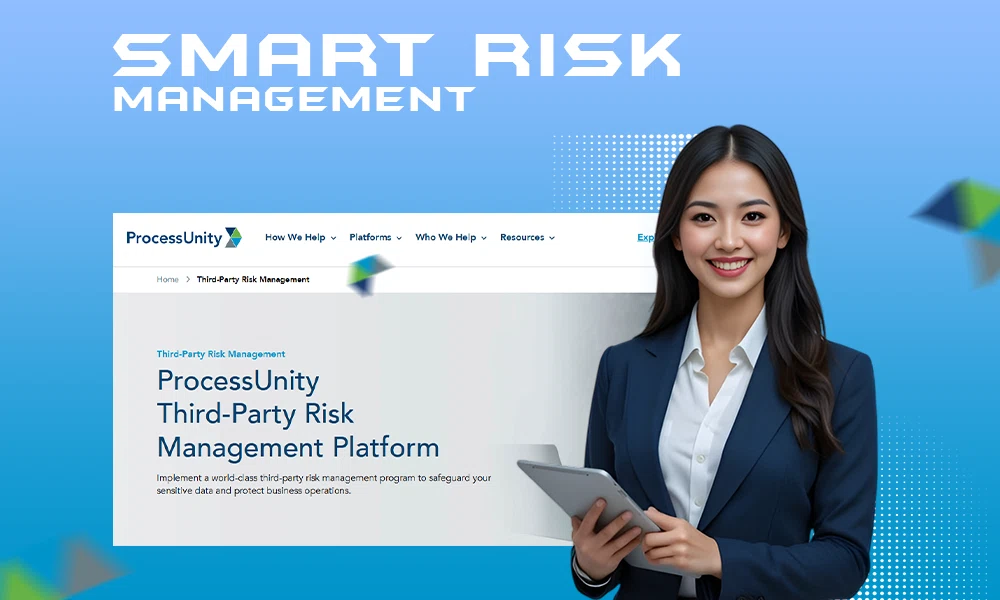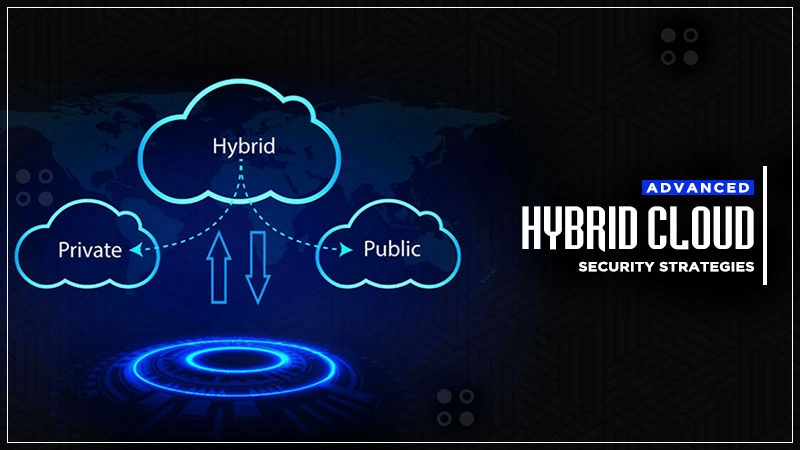Building A Scalable Third-Party Risk Management Framework For Tech Enterprises

Picture this: You’re carefully constructing a towering Jenga masterpiece—each block representing a critical vendor, a cloud service, an API integration, or a data processor. Your hands are steady at first, but as the tower grows taller, you notice the subtle wobbles. One misaligned piece, one weak link in the chain, and whoosh—your entire tech empire shudders. Now imagine doing this blindfolded, while riding a unicycle, on a tightrope stretched between two skyscrapers. Because let’s face it, that’s exactly what third-party risk management (TPRM) feels like when scaling at warp speed in today’s hyperconnected digital landscape.
Tech enterprises today aren’t just playing Jenga; they’re playing it on experimental topography—a constantly shifting terrain of compliance minefields, cyber threats, and vendor dependencies that change faster than a Silicon Valley startup’s valuation. One minute, you’re doing the happy-dance feet because your new SaaS tool just slashed operational costs by 30%. The next, you’re wearing the say-it-if-you-need-to-say-it-face when a surprise audit reveals that your “trusted” vendor’s security posture is about as robust as a screen door on a submarine.
And here’s the kicker: The higher you scale, the more precarious the balancing act becomes. Every new vendor, every additional integration, every shortcut taken in the name of speed adds another block to your already teetering tower. The question isn’t if something will go wrong—it’s when, how badly, and will you be ready when it does?
So how do you build a scalable TPRM framework that doesn’t crumble under its own weight? How do you ensure that chance favors the prepared mind—not the reckless one racing toward growth at all costs? Buckle up, because we’re about to dissect the anatomy of bulletproof vendor risk management in the age of breakneck digital expansion.
1. The Third-Party Quandary: Why More Vendors = More Hidden Landmines
Let’s start with a hard truth: Your security is only as strong as your weakest vendor. Every tech company begins with a handful of critical vendors—payment processors, cloud hosting providers, maybe a CRM platform. It’s manageable. Contained. Almost cozy. But as you scale, that shortlist mutates into a sprawling, hydra-headed beast of dependencies. Suddenly, you’re not just managing vendors; you’re managing vendors who have vendors (subprocessors), who have their own vendors (fourth-party risk), and before you know it, you’re six degrees of separation away from a compliance nightmare you didn’t even know existed.
2. The Compliance Whack-a-Mole Effect
● GDPR, CCPA, NYDFS, DORA—the regulatory alphabet soup keeps growing, and each new rule adds another layer of vendor scrutiny.
● Many companies treat compliance like a one-time checkbox, but in reality, it’s a living, breathing beast that needs constant feeding.
3. The “We Didn’t Know We Were Using That” Syndrome
Shadow IT is real. That department head who signed up for a freemium project management tool without telling security? Yeah, that’s now a gaping attack vector.
The Fix: Transitional Blinds (A Phased, Adaptive Approach)
Instead of treating vendor management like a free-for-all, think of it like adjusting transitional blinds—layered, dynamic, and responsive to changing conditions.
Tiered Risk Assessment: Not all vendors are created equal. Your office snack supplier doesn’t need the same scrutiny as your data processor. Segment vendors by risk level (critical, high, medium, low) and allocate resources accordingly.
Continuous Monitoring, Not Just Onboarding: Vendor risk isn’t static. A company that was secure last year might be compromised today. Real-time risk scoring (think “credit monitoring for vendors”) keeps you ahead of disasters.
Subprocessor Mapping: Demand full visibility into your vendors’ vendors. If they won’t disclose, walk away.
2. The Scalability Trap: When “Move Fast and Break Things” Breaks You
Silicon Valley’s favorite mantra—”Move fast and break things”—works great… until the thing breaking is your company’s reputation after a third-party breach. Scaling TPRM isn’t about slapping on more Band-Aids; it’s about building an immune system that evolves with your growth.
The Symptoms Of A Poorly Scaled TPRM Program
● Spreadsheet Hell: If you’re tracking vendors in Excel or (heaven forbid) a shared Google Doc, you’re one accidental deletion away from chaos.
● Compliance Déjà Vu: Every new regulation sends your team scrambling to retrofit policies, wasting time and resources.
● Vendor Amnesia: “Wait, we’re still paying for that API from 2018? Who even owns that contract?”
The Cure: Automate or Perish
● Centralized Vendor Portals: A single source of truth for contracts, audits, risk scores, and renewal dates.
● AI-Powered Risk Detection: Machine learning can flag anomalies—like a vendor suddenly processing data from a new country or failing to update their SOC 2 report.
● Incident Playbooks: When a critical vendor gets breached, you shouldn’t be Googling “What now?” Pre-defined response protocols save precious time.
3. The Human Factor: Because No One Reads the 50-Page Vendor Policy (And How to Fix That)
Let’s be real—most employees see TPRM as the necessary evil that compliance makes them suffer through once a year. But when a breach happens, those skipped trainings come back to haunt you like a horror movie villain.
Making Risk Management Actually Stick
● Gamify Compliance: Leaderboards for teams that complete vendor assessments fastest (with real prizes—no more “congrats” emails).
● War Stories That Terrify (In a Good Way): Share real-world vendor disasters (like the fintech startup fined millions because of a subprocessor no one vetted).
● The “Chance Favors the Prepared Mind” Mindset: Train teams to ask, “What’s the worst that could happen?” before signing anything.
4. The Grand Finale: Building To Last
A scalable TPRM framework thrives on resilience, not perfection:
● Start smart: Prioritize high-risk vendors first
● Automate relentlessly: Ditch manual processes
● Embed risk culture: Make security second nature
● Plan for failure: Assume breaches will happen
This keeps your framework lean yet robust as you scale.
Final Thought: The Unicorn Scenario
The best TPRM frameworks are like unicorns—mythical until you build one. But when done right, they don’t just prevent disasters; they turn risk management into a competitive advantage. Because in a world where startups rise and fall on vendor mishaps, the ones who scale safely are the ones who win. So—ready to stop playing Jenga in the dark? Let’s build something unshakable.









